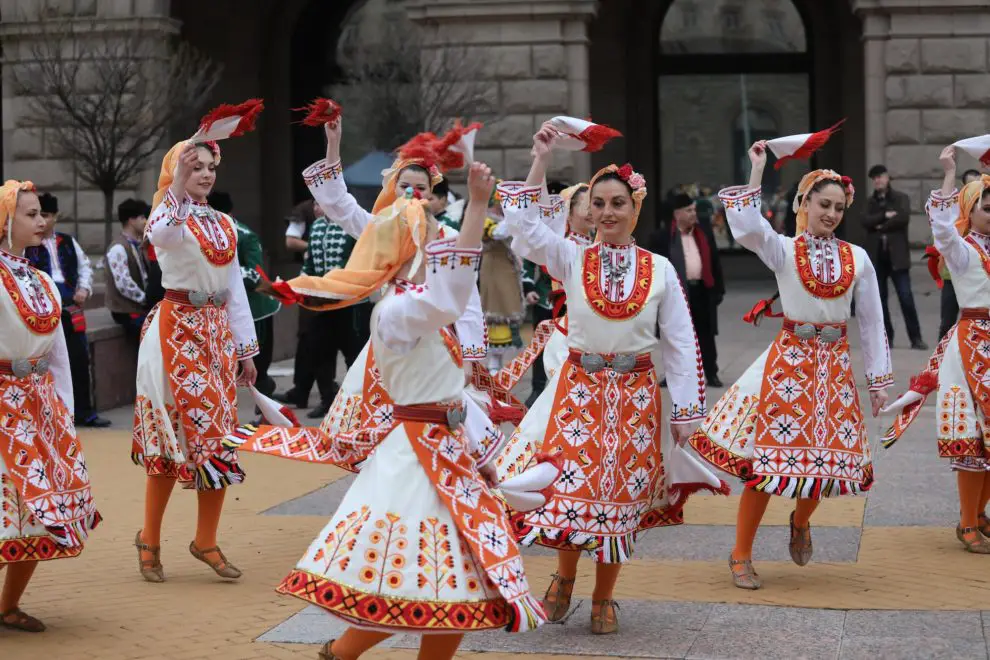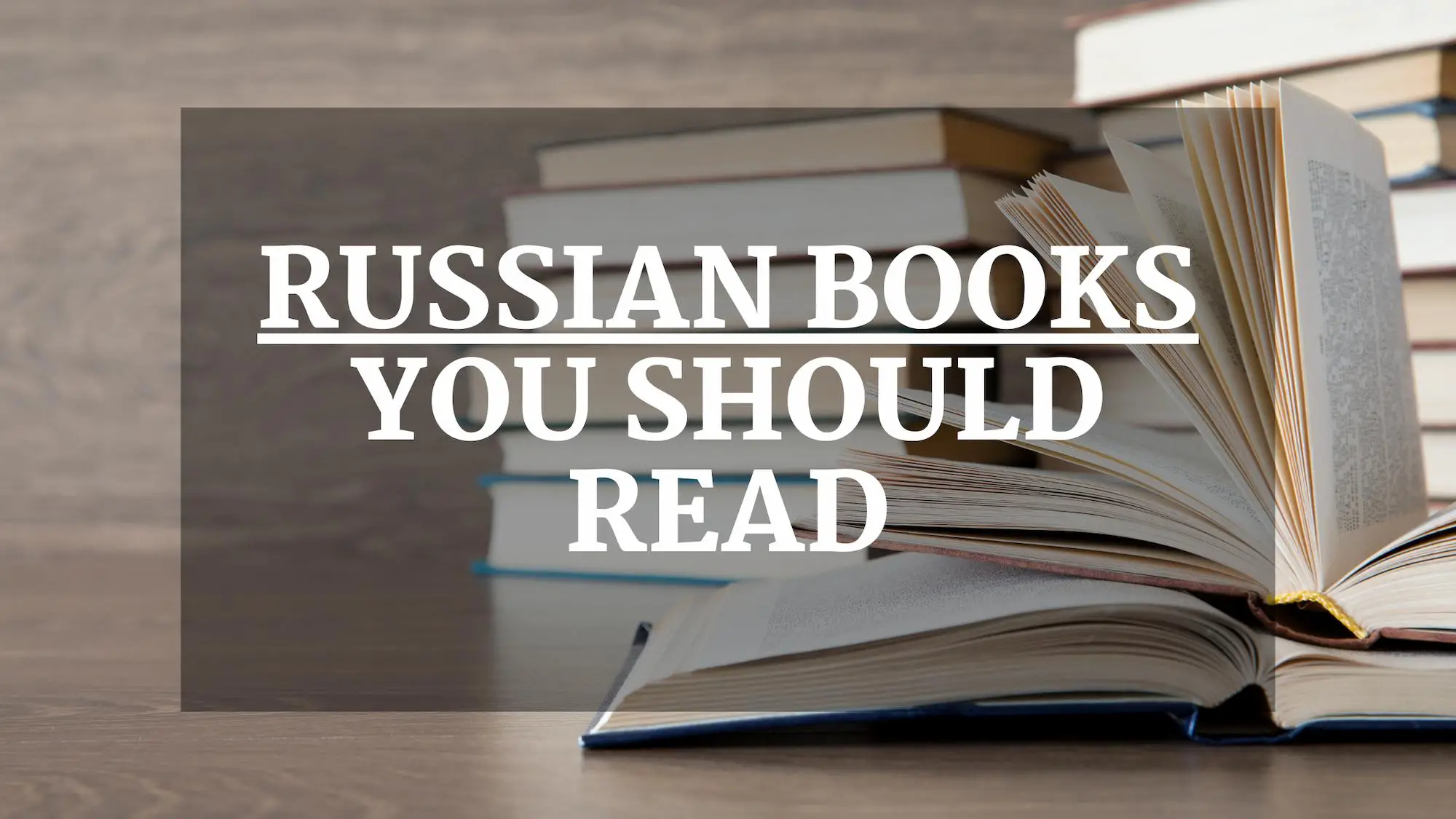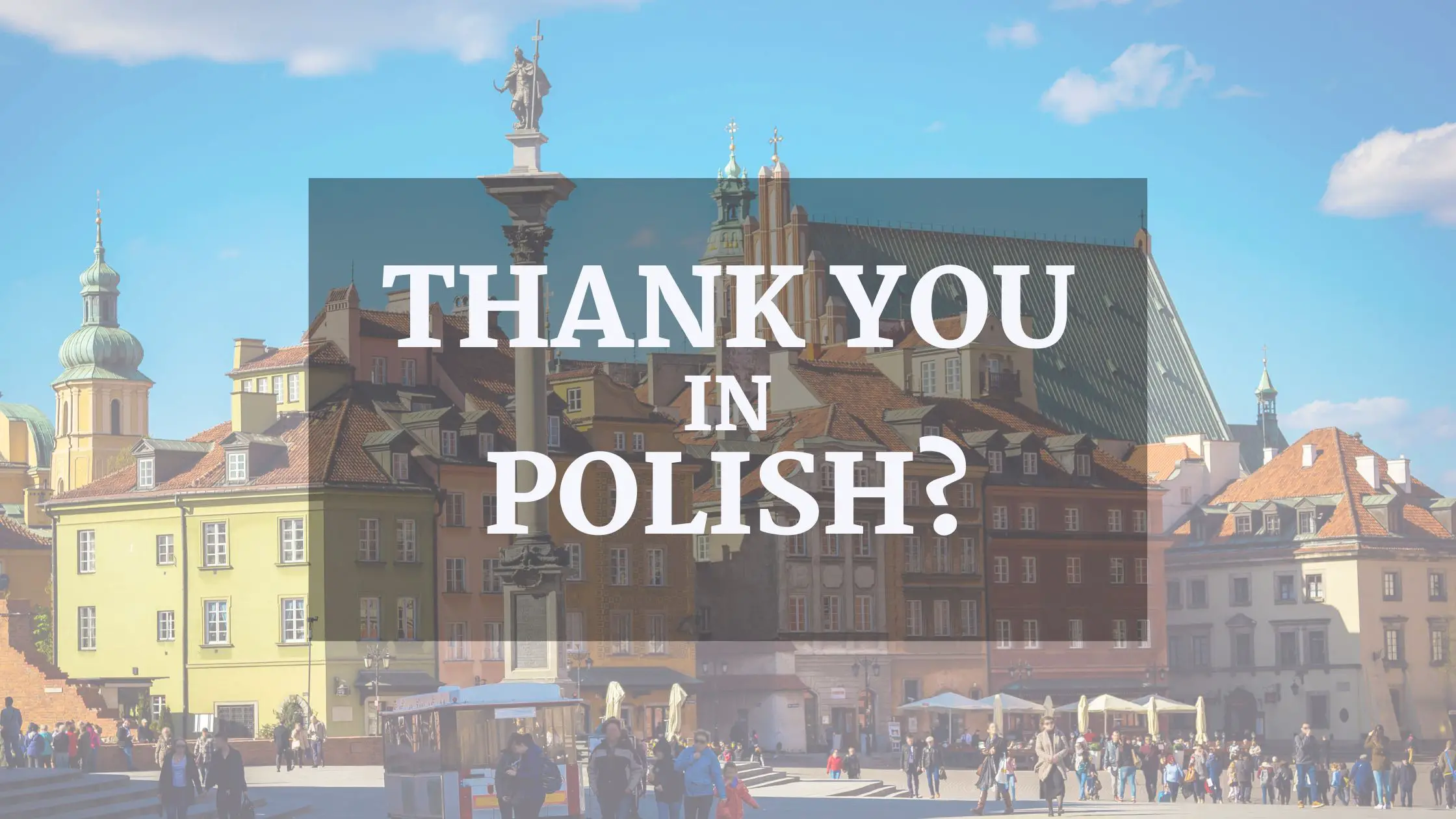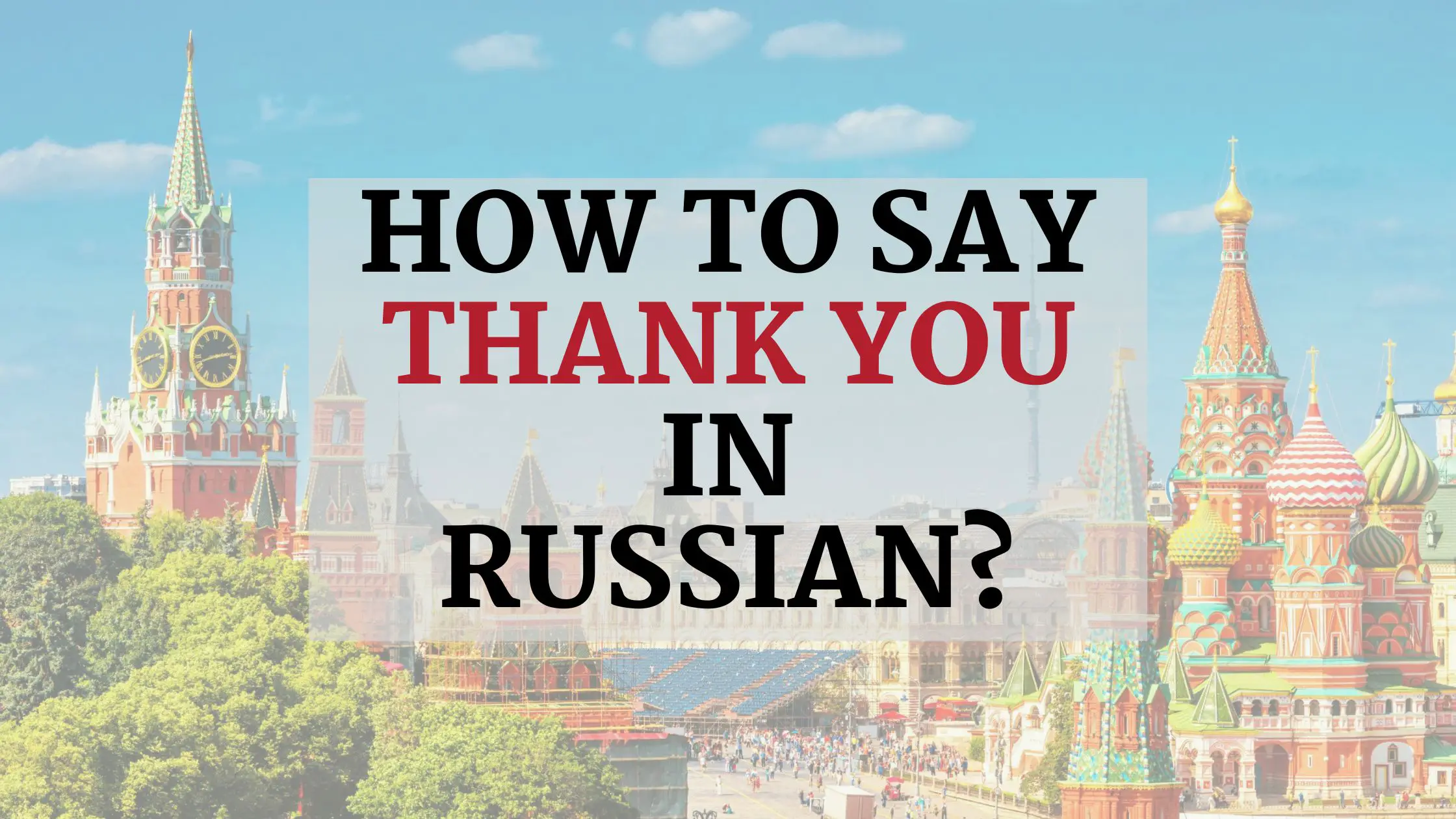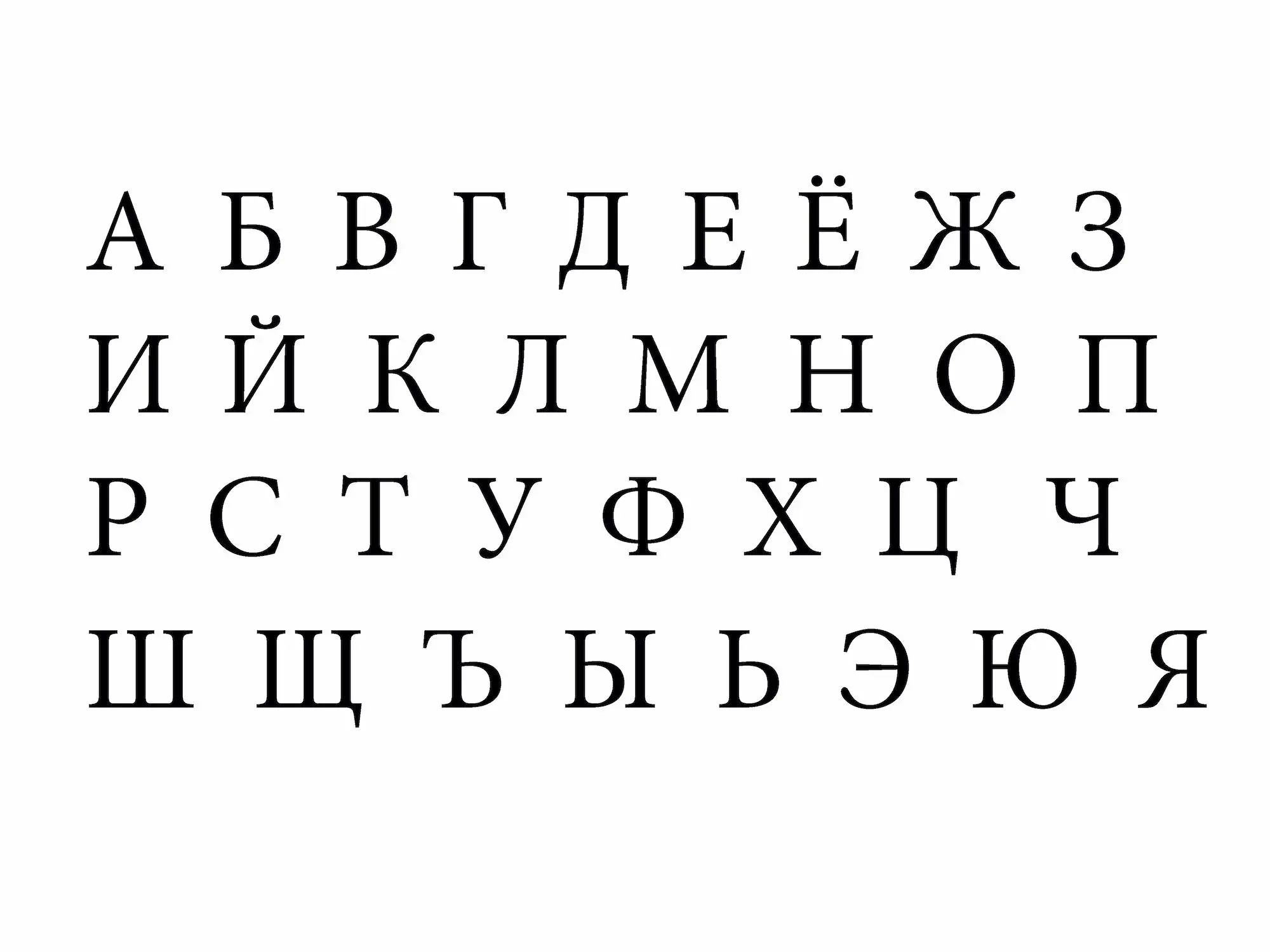Clothing has been and still is an important part of any culture. It can tell us a lot about history and the way people used to live.
From the materials they used to the special techniques they used to make ornaments, all of that can tell us a lot about a country’s history and traditions. And, no one knows that more than the Bulgarian people.
They celebrate and cherish their traditional costumes, the same way other countries celebrate important events in that specific country’s history (think of 4 of July).
Now, just sit back, relax and let me tell you a little bit about traditional Bulgarian folk costumes.
Table of Contents
Bulgarian Folk Costumes
Folk costumes play an integral role in defining and explaining the scope of Bulgarian culture (and any other culture, as a matter of fact). History and traditions are an important part of everyday life in Bulgaria.
Traditional costumes, worn during celebrations, are a way for Bulgarians to honor their ancestors and the legacies they have left behind.
The traditional Bulgarian clothing, with its intricate designs and colors, can tell us a lot about the country, its people, and its history.
As one of the oldest nations in the world, Bulgaria has seen its share of Empires rise and fall. It’s not that difficult to fathom that a couple of them left their markings on how Bulgarian people dress and what clothes they wear.
Bulgarian Traditional Dress
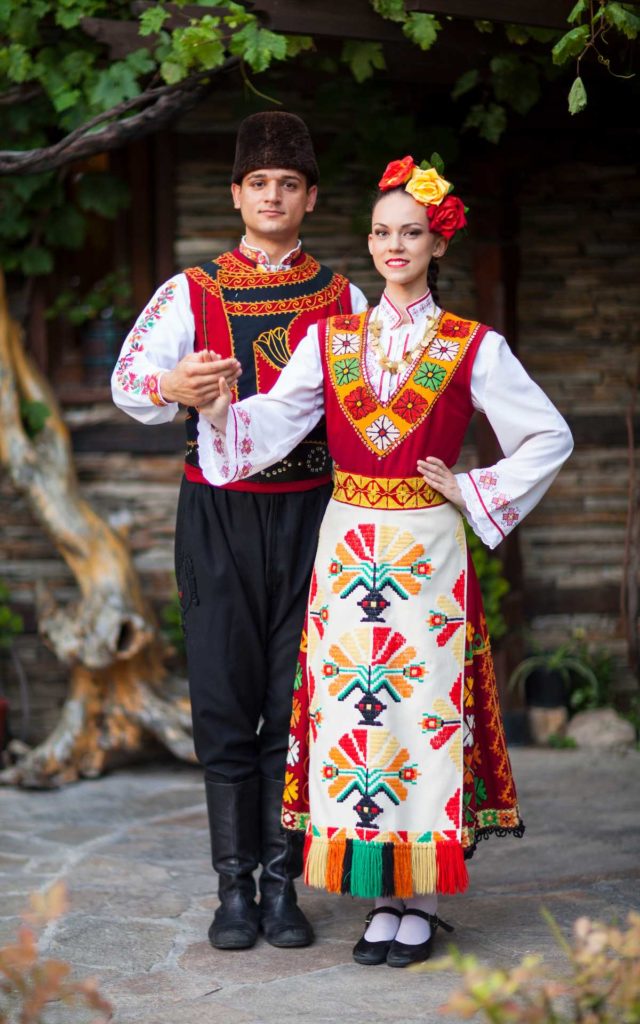
Bulgarian traditional costumes offer much in terms of variety. Each region of the country has developed its own unique take on the traditional costume.
The Bulgarian name for their traditional costume is nosiya. Every costume embroidered with the thing called shevitsi, was unique (shevitsi showed the status, goals, and personality of the one wearing it) [1].
You can look at shevitsi as an early version of a modern-day Facebook profile.
The embroidery was beautiful, distinct, and passed down from generation to generation. It was filled with ancient motifs and is at least 3000 years old (it’s old, but no one knows for sure how old).
Bulgarian National Dress
Bulgarian national costume and embroidery on it protected the wearer from evil spirits.
Each ornament and color had a special meaning behind its use. The ornament and color of the traditional folk costume both had a special symbolic meaning.
So, for example, the color red symbolizes life and fertility and blood and fire. Red costumes protected their wearer from evil spirits and black magic. That’s why in some regions of Bulgaria, brides wore a red veil.
Related post: Slavic symbols and meanings
If an ornament in the shape of the cross adorned the garment, that meant that the person wearing it had protection against diseases and bad luck. After Christianization, the cross became a symbol of the Christian God and the church.
Green was used to represent nature and youth. This color symbolizes the Tree of Life (symbol of the Universe in Slavic mythology and many other mythologies worldwide).
White color is often a symbol of purity, childlike innocence, and more. But that’s not how all of the Bulgarians see it. In some regions of Bulgaria, white represents death. It was the color worn during the funeral processions.
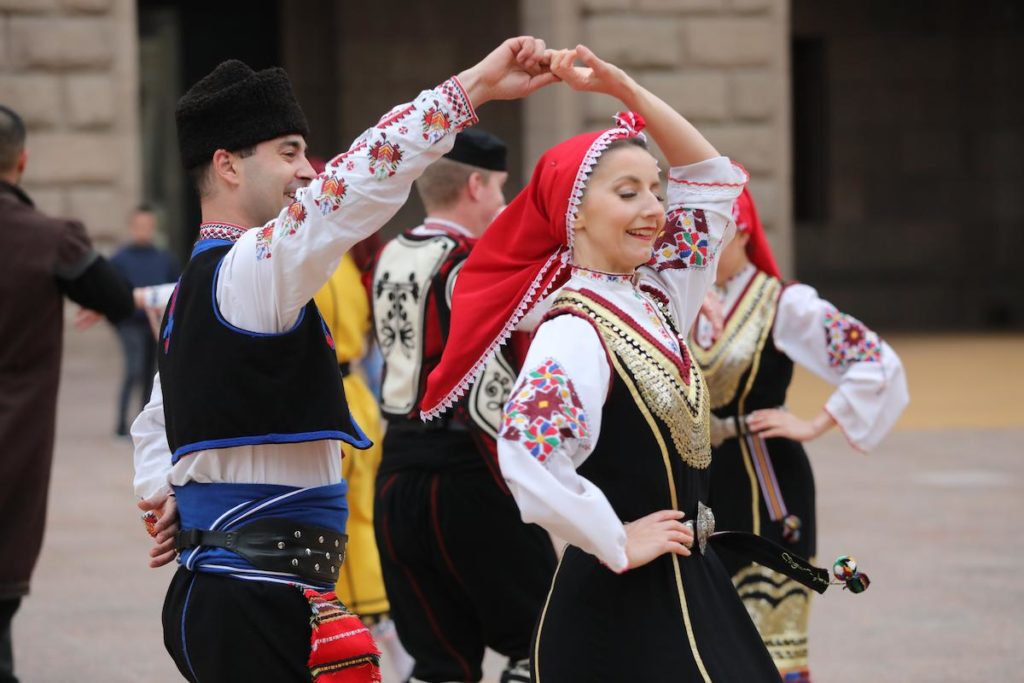
Traditional Bulgarian Women’s Clothing
Traditional Bulgarian clothing for women differs from region to region. The whole costume consists of several different parts. It’s usually a combination of dresses, aprons, and shirts.
Each piece of clothing is decorated in colors and with ornaments unique to a specific region. The colors that dominate the traditional Bulgarian costumes are red, green, white, and black.
Women in Bulgaria often wore a traditional costume called the Saya clothing. Sleeves and the neckline were the most decorated parts of this traditional costume.
The Saya consists of an overcoat, an apron, and a belt. Some women also wore a girdle under the apron.
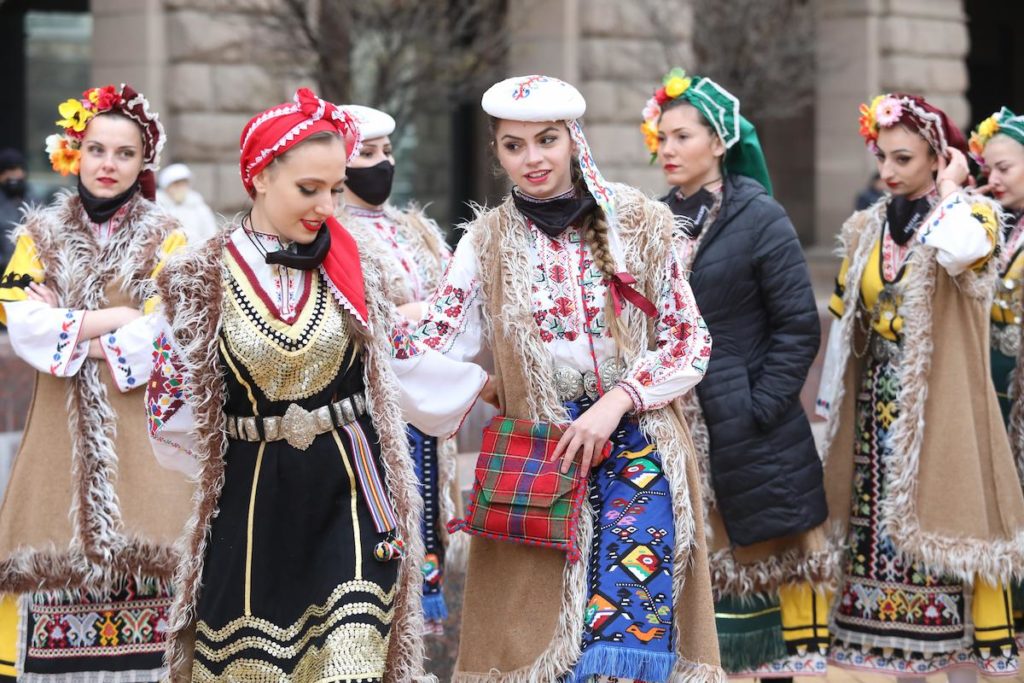
Another unique piece of women’s clothing is called a two-apron costume. The two-apron costume was popular in the Northern regions of Bulgaria. Women from that region wore a chemise coupled with two aprons (hence the name).
One apron was worn in the front, while the other covered the backside. The chemise and the sleeves were the most decorated parts of the costume.
Traditional Bulgarian Men’s Clothing
Men’s costumes were much simpler when compared to the clothes that females wore. Just like today, the colors that “dominated” the traditional male clothing were white and black (think of the Oscars, and you’ll get the picture).
The most decorated part of the men’s clothing was the woolen waistband.
Men would sometimes wear a cap and some sort of an outer jacket (or a vest). They wore trousers made from wool (in most cases). They also wore a belt, and sometimes, a male version of a girdle.
Bulgarian Culture
In many parts of Bulgaria, there are festivals that promote and cherish the historical value of traditional clothing. Bulgarians are proud of their national history (at least for the most part), and they’d like to share that with the younger generations and the world.
That’s the reason behind many celebrations and festivals that are held all throughout the year.
Related post: Are Bulgarians Slavs?
Festivals About Traditional Bulgarian Costumes
The most popular festivals that celebrate the Bulgarian national costumes are called Zhervana Festival and Rozhen Folklore Festival.
The Zhervana Festival happens every year in august in the Zhervana architectural reserve [2]. Every participant has to wear a traditional costume for the duration of the whole festival.
People from all regions of Bulgaria (and other Slavic countries) gather and enjoy the festivities. Another important rule is that no modern technology is allowed, which makes the whole experience more interesting.
Apart from traditional clothes, you will also get to see (and eat) many of the traditional Bulgarian dishes. You will get to taste kuribiiki, Taleshko vareno, kyopolu, and many more amazing and delicious foods.
The second most popular festival is the Rozhen Folklore Festival. This festival is celebrated all through Bulgaria (every four years in August). The festival honors Bulgarian folk traditions, such as music, clothes, and much more.
A famous orchestra called 100 Bagpipes is always the highlight of the show.
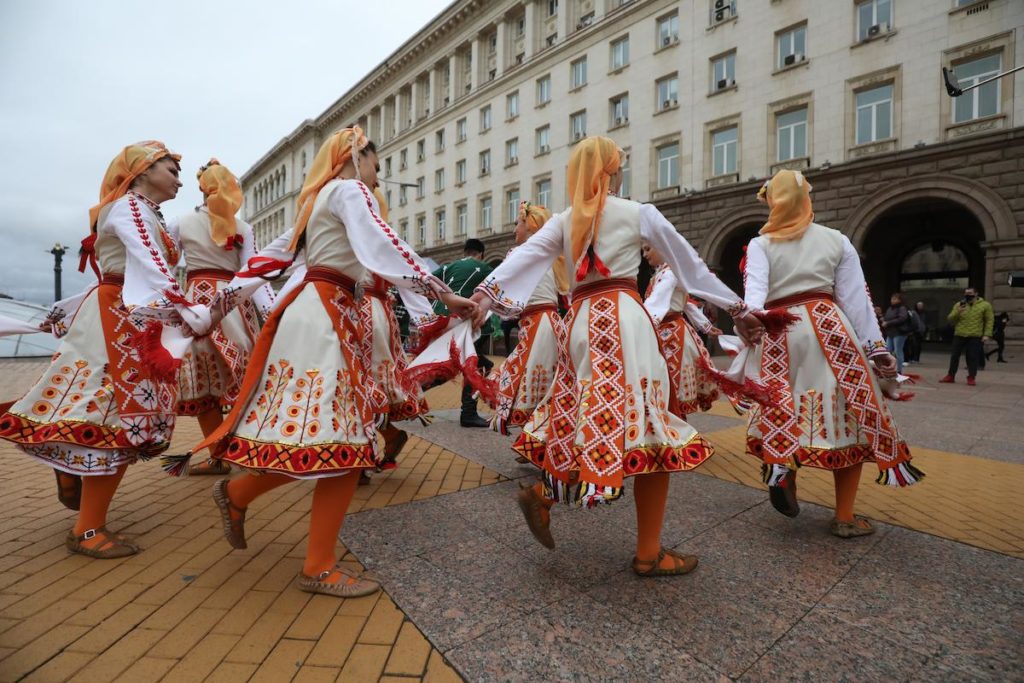
The Bottom Line
Bulgaria is one of the oldest countries in the world. Its rich history and culture is the thing that most Bulgarians are proud of. From traditional music, customs, and all the way to clothing, there are many things that Bulgarians can boast about.
The whole country is beautiful, and you would be remiss not to visit it if you ever find yourself traveling through this part of the Balkans.
If you are interested in getting some more information about Bulgaria and its people, be sure to check out the following article: Facts about Bulgaria.
References
- https://www.academia.edu/43788906/Bulgarian_Dance_in_20_Pages
- https://bulgariatravel.org/en/zheravna-architectural-historical-reserve/







